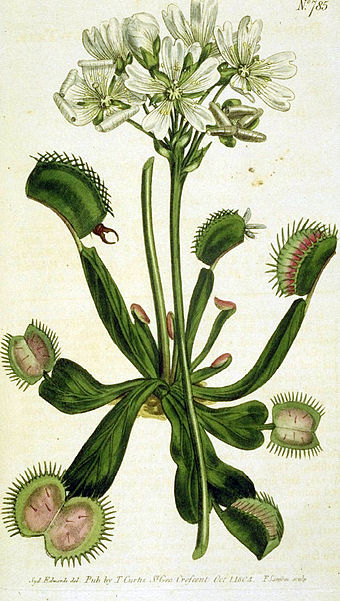Plants and flowers make things more colorful and beautiful. Also, pictures and paintings of plant life can captivate audiences. With the availability of technology, you can now easily enhance botanical images, even if they are a hundred years old. These botanical illustrations are important to collectors, curators, scientists, and students alike who want to know more about plant science.

What is the Botanical Art?
Botanists, physicians, and pharmacists depended on botanical pictures to analyze, identify, and classify plants. Up to this present time, people refer to photographs and paintings not only for enjoyment but also for information about specific plants. Beautiful botanical paintings are commonly made using watercolors, pencil, acrylic, gouache, or oil paints.
The golden era of botanical art came about during the time of exploration and discovery from around 1740 to 1840. Scientific botany came about, and finding new plant species was the goal of scientists and botanists. They worked closely with artists to provide detailed illustrations of their discovered plants. Even horticulturists hired artists to record their cherished plant specimens accurately.
The decline of botanical art was partially due to the development of photography. However, photographs cannot replace floral paintings in adequately capturing all the information about a plant. Plant illustrations can portray everything into the right focus, including the entire life cycle of each plant. It is the reason why the resurgence of plant illustrations came about and continues to this day.
Why Botanical Art is Important
Botanical illustrations preserve plant species for life even if they become extinct. Aside from this, floral art helps scientists, students, and naturalists get information about individual plant specimens without the need to travel the world.
To Education
The herbal books were the first source of useful data about various plants with medicinal properties used in medical schools and hospitals. These books used accurate representations of plants directly copied from nature for their more detailed and realistic portrayal.
Botanical illustrators serve as explorers, discoverers, educators, and scientific partners. By documenting plant species, they can create masterpieces that can be used as references by scientists and students alike. Most of these documentations make it to pages of scientific articles, books, and journals with the detailed descriptions of the plant specimens typically written by botanists. The botanical images complement the specifications, which cannot be adequately described in words.
Educational and research institutions widely use these illustrations. Thus, botanical art builds a bridge between science and the arts. Botanical illustrators carefully represent the transformation of plants, including all of its parts like leaves, stems, and roots in 3D. It helps in the scientific study of plants to deal with environmental changes and saving endangered ones.
To the Environment
Botanical illustrators make people appreciate the beauty of nature around us. Their colorful illustrations depict precisely new and endangered specimens for preservation. These artists help us understand how to take care of plant life. Illustrators also explore other to various places, visit national parks and forests to record vegetation through artistic images. These artworks help educate people about our nature’s diversity and delicateness.
The resurgence of botanical art can be owed to the increasing popularity of gardening and attention to protecting the environment. The renewed connection of people with the natural world makes floral paintings appealing. Further, in our current technological age, going back to basics is becoming a trend.
Online Botanical Arts
Botanists and other scientists can now go to the internet to look for botanical illustrations that they can use for their work. These published illustrations online also include detailed and useful information about the plant species. Thousands of botanical illustrations are maintained at the Smithsonian’s Department of Botany and will be available online. The collection includes plant life images dated back in the 1830s. Almost 500 of these species are currently searchable online using their generic names.
Meanwhile, others look for botanical paintings online purely for aesthetic and artistic reasons. Collectors, horticulturists, and naturalists enjoy collecting illustrations to appreciate the beauty of nature in its purest form. Many collectors buy creative works for their personal use online, which sometimes offer promotional discounts. For online discounts, visit couponlawn.com to get more information.
The artists’ ability to create a three-dimensional plant illusion on a flat material is a critical factor in botanical arts. Thus, most illustrators read and study the plants before they can draw or paint them accurately.
Therefore, illustrators need the ability to depict plants appropriately when using real plants or another artist’s previous illustration. It is more challenging to render a new creation from another’s creation. However, just a drawing of a plant or flower can never be enough. The passion and love for plants are critical factors for an artist to portray them in various developmental stages.
Conclusion
An artist’s skill to observe and precisely record the plant’s detail is an essential factor for botanical art to survive. You cannot find this kind of depiction by using a camera, which botanical illustrators can impeccably do so. Even though artists and botanists do not need to go on expeditions, discoveries of new and exotic species remain. This passion for arts and botany, plus the people’s renewed appreciation of the environment, can ensure that botanical art will continue to be popular.
